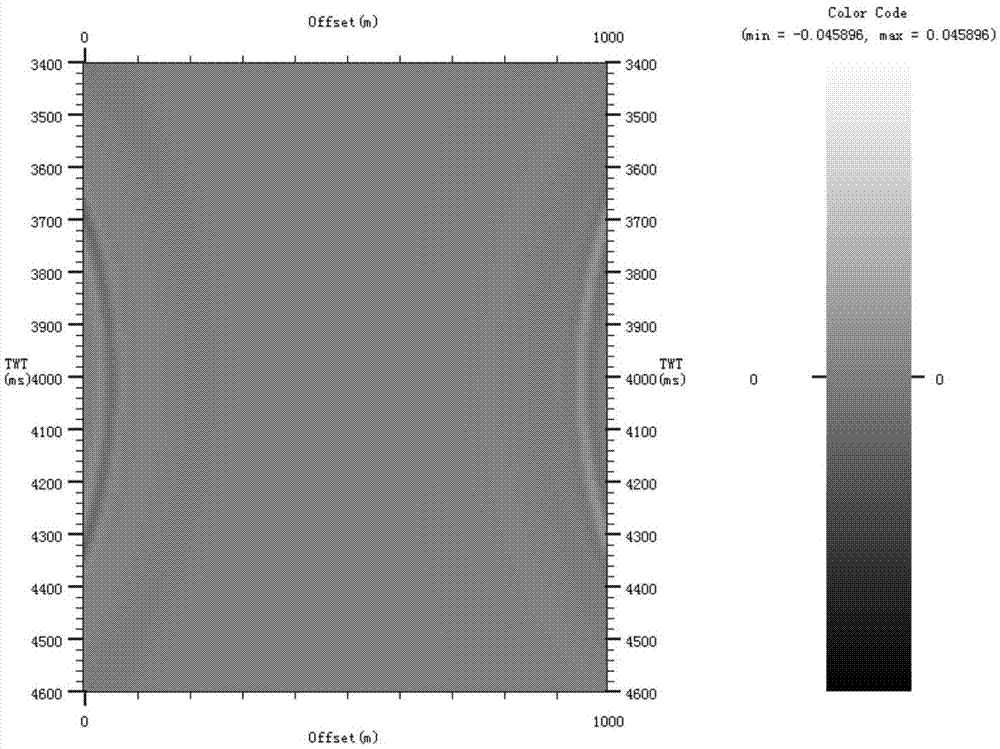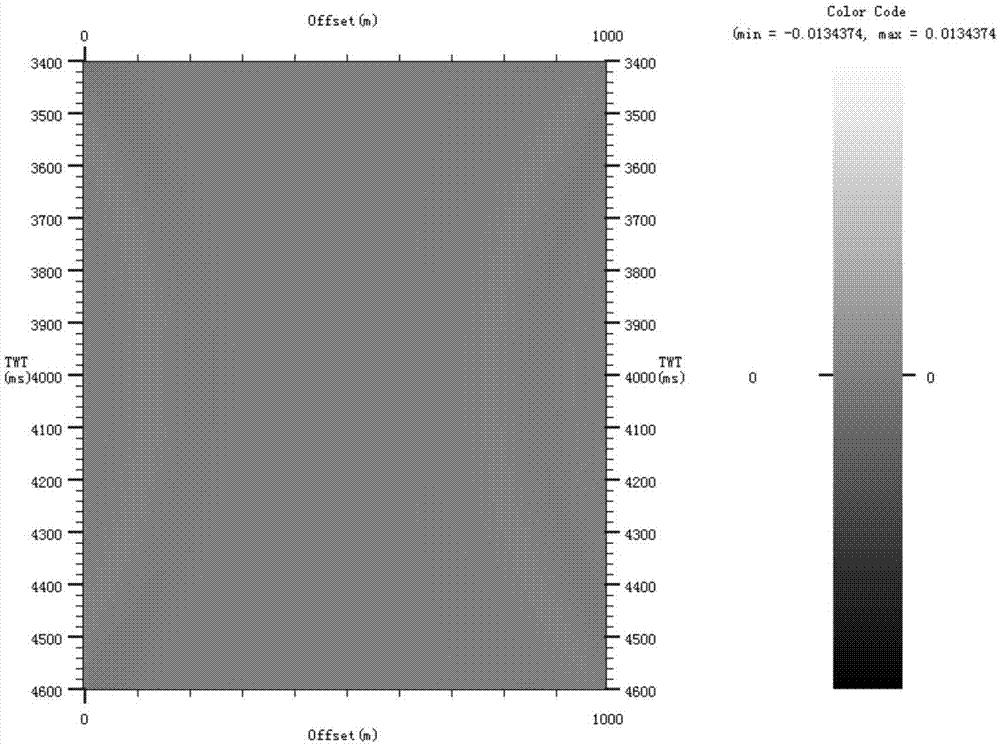Combined absorbing boundary condition applied to sound wave finite difference numerical simulation
A technology that absorbs boundary conditions and finite difference. It is used in special data processing applications, electrical digital data processing, instruments, etc. It can solve problems such as difficulty in differential calculation and poor absorption of large-angle incident waves.
- Summary
- Abstract
- Description
- Claims
- Application Information
AI Technical Summary
Problems solved by technology
Method used
Image
Examples
Embodiment 1
[0030] The present invention adopts combined absorption boundary conditions, and combines the PML boundary conditions of the fourth-order exponential absorption attenuation factor with Higdon's third-order absorption boundary conditions in the process of calculating the finite difference of the acoustic wave equation, and constructs a combined boundary area at the artificial truncation boundary, That is, the Higdon third-order absorbing boundary condition is used on the grid points of the N layer outside the PML (the spatial precision of the finite difference scheme is 2N), which significantly improves the boundary absorbing effect of the forward modeling.
[0031] The main implementation process of the present invention is divided into two steps: utilize acoustic wave equation to carry out staggered grid finite difference numerical simulation, construct L-layer PML at artificial truncated boundary, apply PML boundary condition to absorb the boundary reflection wave from center ...
PUM
 Login to View More
Login to View More Abstract
Description
Claims
Application Information
 Login to View More
Login to View More - R&D
- Intellectual Property
- Life Sciences
- Materials
- Tech Scout
- Unparalleled Data Quality
- Higher Quality Content
- 60% Fewer Hallucinations
Browse by: Latest US Patents, China's latest patents, Technical Efficacy Thesaurus, Application Domain, Technology Topic, Popular Technical Reports.
© 2025 PatSnap. All rights reserved.Legal|Privacy policy|Modern Slavery Act Transparency Statement|Sitemap|About US| Contact US: help@patsnap.com



